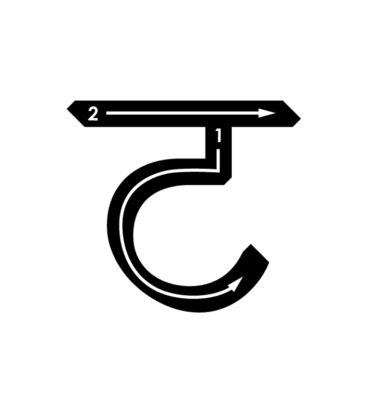 ṭa
ṭa
Spelling
- Draw a short, vertical line down followed by an anticlockwise bow to the bottom right.
- Draw the horizontal line from left to right over the letter.
Pronunciation
- an unvoiced ṭ as in Aṣṭāṅga (sound doesn't exist in German)
- retroflex (behind the front teeth) place of articulation
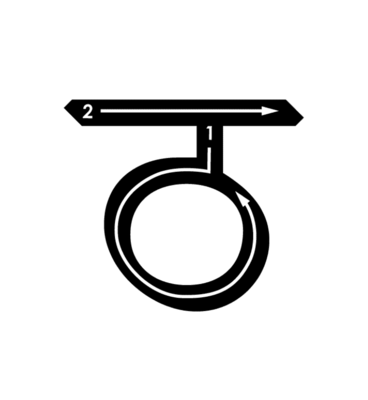 ṭha
ṭha
Spelling
- Draw a short vertical line down followed by an anticlockwise circle.
- Draw the horizontal line from left to right over the letter.
Pronunciation
- an unvoiced, aspirated ṭh (sound doesn't exist in German)
- retroflex (behind the teeth) place of articulation
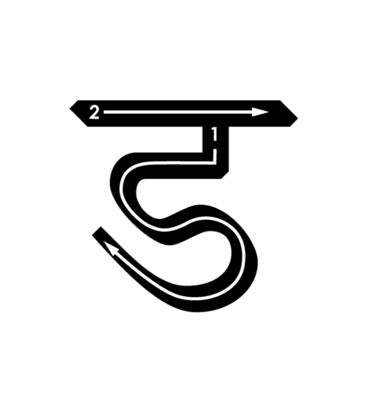 ḍa
ḍa
Spelling
- Draw a short vertical line down, followed by an s-shaped line.
- Draw the horizontal line from left to right over the letter.
Pronunciation
- a voiced ḍ (sound does not exist in German)
- retroflex (behind the front teeth) place of articulation
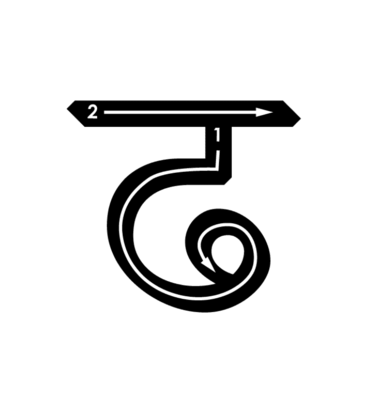 ḍha
ḍha
Schreibweise
- Draw a short, vertical line downwards followed by an anticlockwise bow with a small circle at the end.
- Draw the horizontal line from left to right over the letter.
Aussprache
- a voiced, aspirated ḍh (sound doesn't exist in German)
- retroflex (behind the front teeth) place of articulation
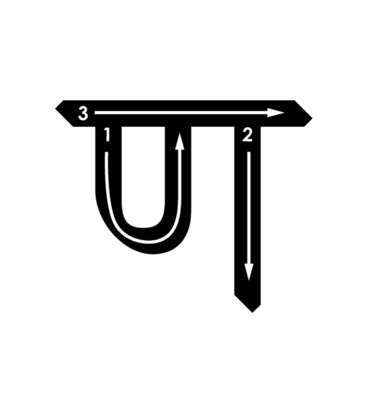 ṇa
ṇa
Spelling
- Draw a u-shaped line from the top left to the top centre.
- Draw a vertical line from top to bottom next to it on the right.
- Draw the horizontal line from left to right over the letter.
Pronunciation
- a nasal ṇ (sound doesn't exist in German)
- retroflex (behind the teeth) place of articulation





